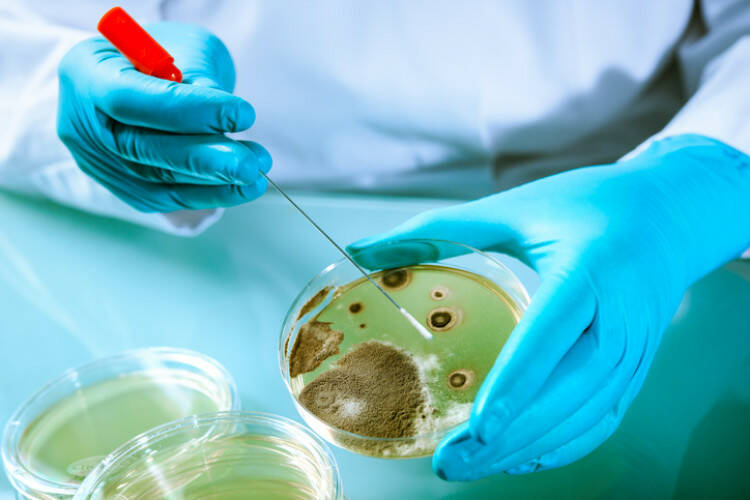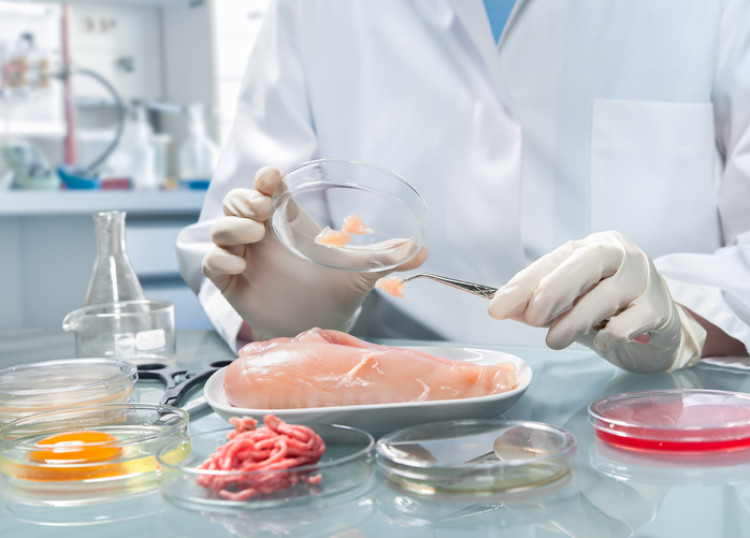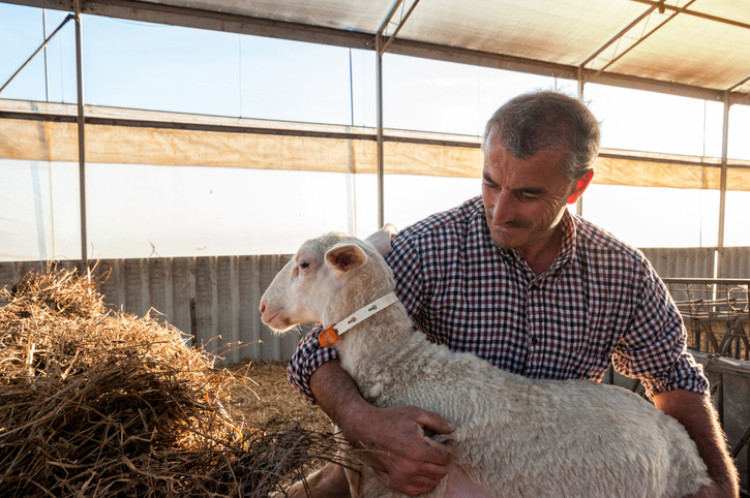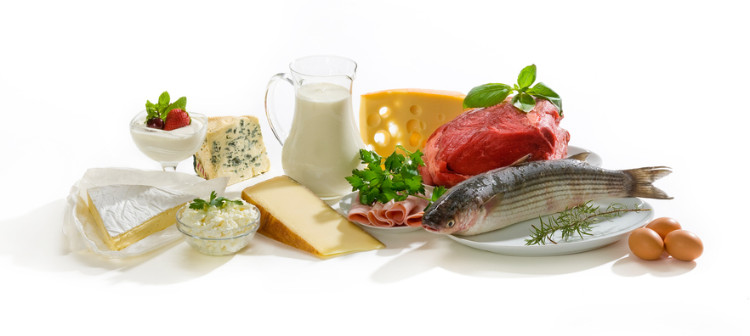Listeria and contaminated food: Why does it occur, how does it manifest itself?

Listeriosis is a serious bacterial disease with a poor prognosis. If left untreated or treated too late, it can result in death. Despite the good sensitivity of listeria to antibiotic treatment, it still poses a threat. Weak individuals and pregnant women are at risk. The average person is most often infected by contaminated and inadequately prepared food. In these, the bacterium thrives especially in the warmer temperatures that the summer months bring.
Article content
Listeriosis is a disease that causes serious health problems. It is a major risk for pregnant women and people with weakened immunity. It is a major danger to the fetus, causing retardation and other serious consequences. In some untreated cases, it results in death.
Listeriosis
listeriosis is a disease caused by microorganisms of the Corynebacteriaceae family, specifically the bacterium Lysteria monocytogens. In some rare cases, the bacterium Listeria ivanovii.

Interesting:
The bacterium is extremely resistant to external influences and different temperatures. It can tolerate cold temperatures down to 1 °C. It thrives even more at high temperatures (30 °C to 37 °C). It can survive up to 40 °C. It is most at risk on hot summer days.
This bacterial disease is very treatable with antibiotics if diagnosed early. Positive reactions have been recorded mainly to penicillin antibiotics.
However, untreated disease, late-treated disease or disease in people at risk can cause severe septic conditions, sequelae with damage to the brain, but also other organs, and even death of the individual.
How can we get infected?
The reservoir of this disease is infected animals, but also humans. It is mainly mammals (wild, domestic). The bacterium is found in their intestinal flora and is excreted in the faeces. Birds or even reptiles are no exception. It is also found wild in nature.
Listeria transmission
Listeriosis is transmitted mainly by faeces (compost), but also by inadequately prepared food from infected animals. It is very resistant to external influences and temperatures. It survives for a long time in soil and contaminated water.
It is therefore possible to be infected not only through animal food but also through plant food.

According to the above, it goes without saying that the infection enters the body mainly through the mouth and mucous membranes.
Most often it is through food containing the listeria bacterium. However, it is also possible through faecal-oral transmission, i.e. through the mouth, which has come into contact with, for example, dirty hands from faeces during poor hygiene.
Another gateway is a broken skin covering, for example an injury to the hand while gardening. The bacterium enters the blood from contaminated water, soil or compost.
Transmission from mother to fetus via the placenta is possible, even sporadic. Therefore, in an infected mother, the fetus is also at risk through transplacental transmission or during the delivery itself. For this reason, we classify pregnant women as a risk category for listeria.
The respiratory system and the conjunctiva of the eyes are the least common routes of entry for infection. Despite its rarity, it is possible to become ill in this way.
Foods most commonly containing listeria
The foods that can contain this extremely resistant bacterium represent a really wide range. In the first place, these are products from infected animals such as meat or dairy products. Secondary contamination can also include plant products.
Because of the excellent adhesion of listeria to various surfaces, care must also be taken when cleaning eating utensils (plates, forks, spoons, especially chopping boards). Simply rinsing utensils with slightly warm water is not enough.

Animal products
- muscle meat
- sausages
- sausages
- bacon
- cheeses (aged, mould, sheep)
- bryndza
- unpasteurised milk
- yoghurts
- butter
- fish (fillets, salmon)
- vacuum-packed products
Plant products - fertilised
- cabbage
- tomato
- peppers
- cucumber
- salads
Risk group of people
The most at risk groups are pregnant women, fetal mothers, young children, the elderly, polymorbid people (with multiple diseases) and immunodeficient patients (cancer patients, HIV).

Pregnant women
In pregnant women, in most cases, the disease proceeds with an elevated temperature. Less often, it progresses to sepsis - popularly known as blood poisoning, i.e. an overgrowth of bacteria in the bloodstream with the possibility of shock and organ failure.
In most cases, the pregnancy ends in miscarriage or premature stillbirth of the newborn. Premature birth of a live baby carries with it the consequences described below.
Fetus of an infected mother
The fetus is worse off than the mother. The newborn is a fragile creature with low immunity. After the little body is infected, a severe infection with high temperatures, sepsis, develops.
Interesting:
A common complication is meningitis. The condition can end in death. If the baby survives, there is a risk of mental retardation of varying degrees. The degree of retardation depends on early diagnosis, the overall course of the disease, treatment and, of course, the perseverance of the little person.
Other brain injuries are just as common. After contracting listeriosis, it is highly likely that the baby will suffer from epilepsy.
This is a neurological disease caused by a disturbance of nerve impulses in the brain, resulting in brief states of unconsciousness with convulsive activity. It can occur alone or in combination with mental retardation, where seizures are very frequent (even several times a day).
People with immunodeficiency (weakened immunity)
Immunodeficient people are a risk group for almost all diseases. The same is true for listeriosis. A weakened immune system is not able to fight infection as well as the immune system of a healthy person. Therefore, the course of the disease tends to be more severe, longer and more complicated.
Treatment may not be successful.
Immunodeficient people include people who are treated with immunosuppressive drugs for some reason. These are used to suppress immunity in individuals suffering from, for example, congenital autoimmune diseases, certain allergic diseases or before organ transplantation.
It also includes those whose immunity is reduced as a result of an acquired disease condition, such as cancer patients or people with HIV.
The course of the disease in such people is much more difficult.
Disease manifestations, prevention and treatment
It usually takes between a week and a month from the time of infection to the first symptoms, after which the first symptoms of listeriosis appear. The course can be asymptomatic in some cases.
If the disease manifests itself, it is usually a febrile condition with other symptoms, which are heterogeneous. Very often they mimic other diseases. Therefore, a medical history is not sufficient for differential diagnosis.
Proof of listeria is most accurate by culture, by rectal swab and stool collection. Listeria can also be proven in urine or by serological examination of blood.
Symptoms of the disease
- fever, chills, sepsis
- excessive sweating
- fatigue, drowsiness
- malaise, weakness, exhaustion
- reduced physical performance
- skin rashes to blisters
- nausea, vomiting
- headache
- abdominal pain
- diarrhoea
- enlargement of regional nodes
- symptoms of meningitis
- symptoms of angina
- symptoms of infectious mononucleosis
- symptoms of typhoid fever
- enlargement of the spleen and liver
- necrosis of the spleen, liver, kidneys and lungs
- premature birth, stillbirth, miscarriage
Prevention
It is possible to protect oneself from contracting this disease. Awareness should be the mainstay, especially for pregnant women who may be putting two lives at risk: their own and that of their unborn baby.
- Awareness
- proper food processing
- pasteurisation
- correct storage of food (temperature < 5 °C, cold stores are not low enough!)
- separate food storage
- sufficient heat treatment of food (boiling point > 70 °C)
- disposal of expired food
- proper dining
- good hygiene habits
- use of protective equipment (health, agriculture)
- strict food inspection
Who is most at risk?

The most at risk group of people are those who are in direct contact with the sick animal, especially veterinarians, caregivers and farm workers. They are most often infected through injuries and breaks in the skin cover, mouth and respiratory system.
The risk is also higher for healthcare workers who come into contact with contaminated material (laboratory technicians) or first-line healthcare workers (paramedics, district doctors).
People from lower social classes are also more likely to become infected. They do not have good hygiene habits or opportunities. In most cases, these are individuals with not only low hygiene standards but also poor awareness of the possibilities of infection.
Treatment
The treatment of listeriosis is antibiotic and highly individual for each individual, taking into account their age, weight, general condition and associated diseases. The most proven antibiotics against listeria monocytogens are penicillin, ampicillin or macrolide antibiotics.
Treatment usually takes a little longer than for other infections. The treatment time ranges from 2 to 4 weeks. Rarely does one antibiotic work. Often it is a combination of multiple antibiotics to be effective.
Under the supervision of a doctor (infectologist, gynecologist, neonatologist, pediatrician) should be pregnant women, infected newborns, young children, the elderly, immunodeficient patients and anyone with a severe course of the disease.
Let's take a look at all the summer problems together:
Our health in summer - sun, heat, injuries and illnesses










